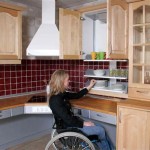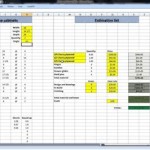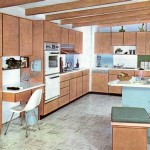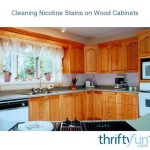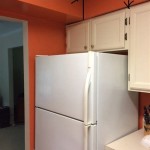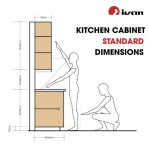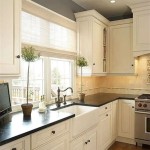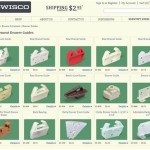Damaged Kitchen Cabinets: Causes, Repairs, and Prevention
Kitchen cabinets are a major investment in any home. They not only provide essential storage space but also play a significant role in the overall aesthetic appeal of the kitchen. Over time, these cabinets can sustain damage due to various factors, leading to functional and cosmetic issues. Understanding the causes, repair options, and preventive measures for damaged kitchen cabinets is crucial for maintaining their longevity and enhancing the value of your kitchen.
Causes of Damaged Kitchen Cabinets
Several factors can contribute to the damage of kitchen cabinets, each requiring specific solutions.
1. Water Damage
Exposure to water, whether from spills, leaks, or humidity, is a major culprit in cabinet damage. Water can penetrate the cabinet's material, causing warping, swelling, and delamination. This can also lead to the growth of mold and mildew, compromising both the aesthetics and safety of the cabinets.
2. Impact Damage
Kitchen cabinets are often subjected to impacts from heavy objects, sharp edges, and even forceful door slamming. These impacts can lead to dents, scratches, and chipped surfaces. The severity of the damage depends on the force of the impact and the material of the cabinet.
3. Wear and Tear
Years of regular use, particularly in high-traffic areas like the kitchen, can cause wear and tear on cabinet doors, drawers, and hardware. This can manifest as faded finishes, chipped paint, loose hinges, and worn-out drawer slides.
4. Improper Installation
Incorrect installation practices can lead to long-term damage to kitchen cabinets. If the cabinets are not properly secured to the walls or if they lack adequate support, they may sag, warp, or even detach over time.
Repairing Damaged Kitchen Cabinets
The repair process for damaged kitchen cabinets depends on the extent and nature of the damage. Here are some common repair techniques:
1. Minor Repairs
For minor scratches and dents, sanding and refinishing can effectively restore the cabinet's appearance. Filling small chips or cracks with wood filler and then sanding and painting the area can also be effective.
2. Replacing Damaged Doors and Drawers
If the damage is significant, replacing the affected cabinet doors or drawers might be necessary. Many cabinet manufacturers offer replacement parts that match the existing style and finish.
3. Hardware Replacement
Loose hinges, worn-out drawer slides, and broken cabinet knobs can all be replaced with new hardware.
4. Structural Repairs
For structural damage like warped cabinets, professional help may be required. This could involve reinforcement, bracing, or even complete replacement of the affected cabinet.
Preventing Damage to Kitchen Cabinets
Investing in preventive measures can significantly extend the life of your kitchen cabinets. Here are some essential steps:
1. Proper Maintenance
Regular cleaning and drying of cabinets help prevent the buildup of grime and moisture that can contribute to damage. Avoid using harsh chemicals or abrasive cleaners that can scratch or damage the finish.
2. Moisture Control
Prevent water damage by promptly addressing leaks and spills. Ensure good ventilation in the kitchen to reduce humidity levels and prevent condensation on cabinets.
3. Careful Handling
Handle cabinet doors and drawers with care, closing them gently to avoid forceful impacts. Protect the cabinet surfaces from sharp objects and heavy items.
4. Quality Installation
Ensure proper installation by hiring experienced professionals. Secure the cabinets to the walls and provide sufficient support to prevent sagging and warping.

What To Do When Your Cabinets Are Damaged Beyond Repair

Water Damaged Kitchen Cabinets Restoration Furniture Medic

How To Repair Kitchen Cabinets With Water Damage Drywall Blue Springs Mo

Kitchen Cabinets

What To Do About Cabinet Water Damage Classic Construction

Should I Repair Or Replace Smoke Damaged Kitchen Cabinets

Refinished A Water Damaged Kitchen Cabinet B E Furniture And Refinishing

Before And After Fire Damaged Kitchen

Kitchen Cabinet Damage Risks Water Humidity Heat Awa Cabinets

Cabinet Restoration Painting Old Peg Furniture Services
Related Posts

